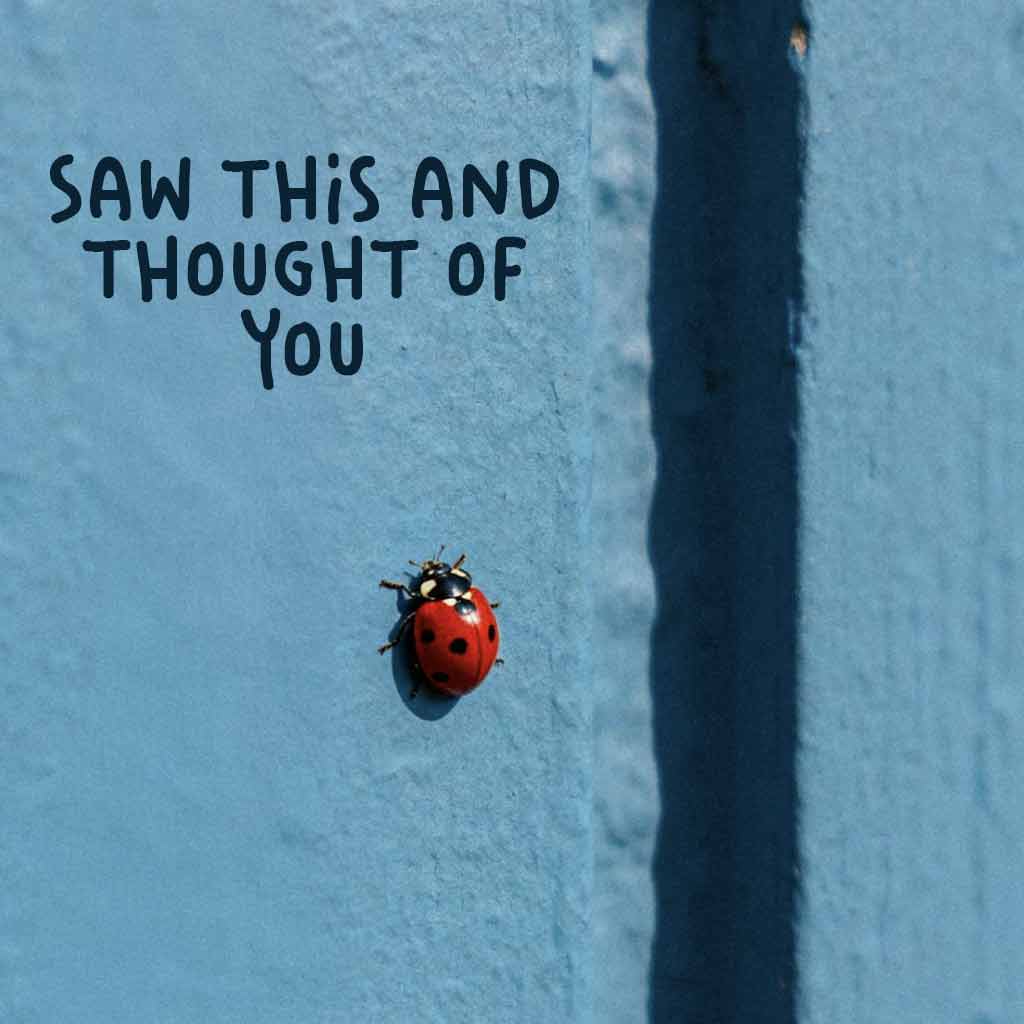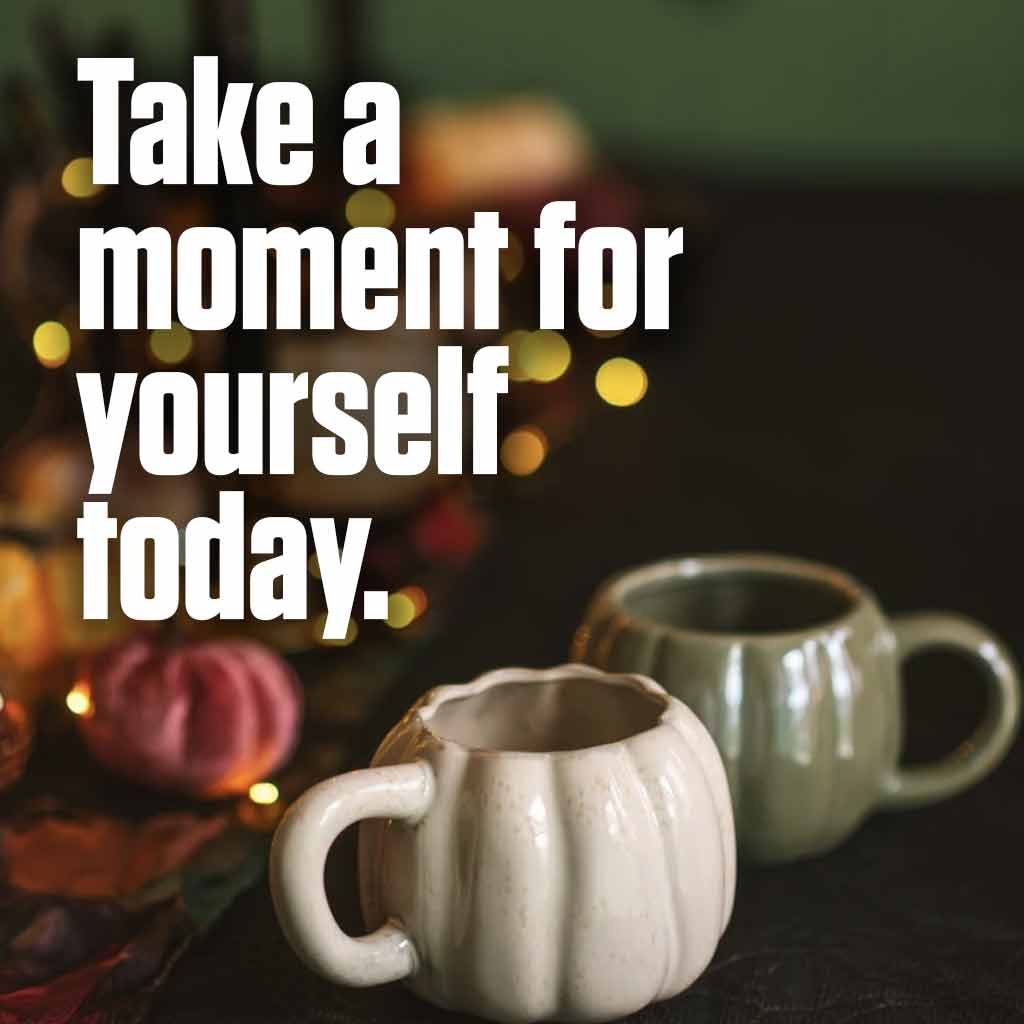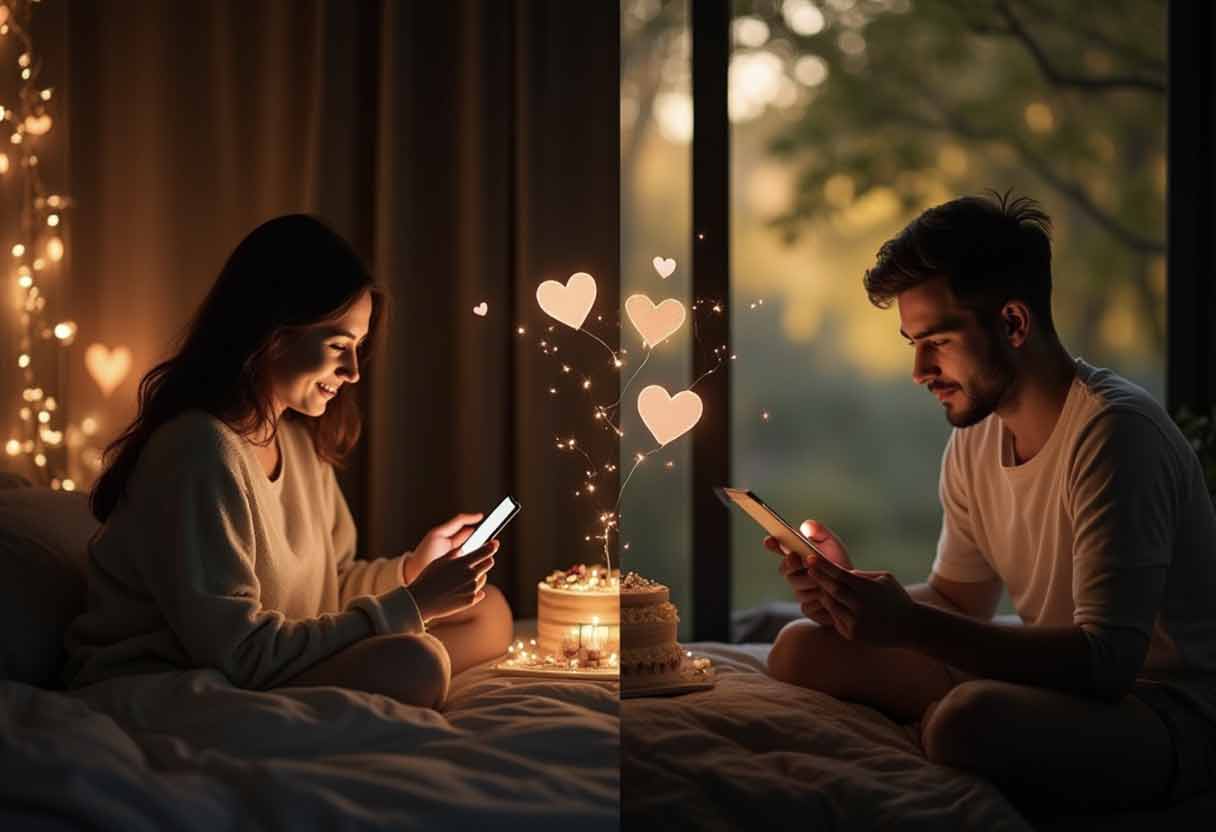Sometimes it’s not the long calls, deep talks, or weekend plans that hold people together — it’s the quiet, almost invisible gestures. The “hey, how’s today treating you?” text. The voice note that says “no reply needed.” The meme that lands at the exact right moment, like the universe sent it through you.
These are the check-ins that carry more weight than they seem to. They’re the digital version of a hand on your shoulder — small, grounding, and quietly human.
In 2025, where connection often gets lost in notifications and half-read messages, these moments are tiny rebellions against the noise. They remind us that being seen still matters — that care doesn’t need to be loud to be felt.
You don’t have to be available all the time to be present. You just have to show up in real, small ways. What follows are those gestures — from gentle “thinking of you” notes to quick, sincere texts — that quietly build closeness, nurture mental wellbeing, and remind someone they’re not alone.
The Psychology Behind Small Check-Ins
There’s real science behind why a short, sincere check-in can mean so much. Psychologists call it micro-connection — those quick, positive moments of contact that quietly build trust and emotional safety over time.
In 2025, we check our phones more than ever — yet loneliness stats keep climbing. According to the 2024 Global Wellbeing Survey, nearly half of adults said that “a simple, unexpected message from a friend” completely changed the tone of their day. That’s the beauty of something small done with intention.
A check-in doesn’t need to fix, advise, or perform. It just says: “You’re still on my mind, and that matters.” The human brain reads that as belonging — a signal of safety in a noisy world.
Consistent, low-pressure gestures — a heart reaction, a “this reminded me of you,” or a random meme sent mid-scroll — create emotional warmth the same way long conversations do. You’re not taking more time; you’re giving more attention.
Think of check-ins like “digital eye contact.” You’re saying, I see you, without asking for anything back.
Why Small Check-Ins Strengthen Emotional Connection
Small gestures work because they feel real. Grand declarations are nice, but they often live at the surface. A quiet “you okay?” or “thinking of you — no need to reply ❤️” slips under the armor. It meets people where they actually are.
These tiny messages give care without creating pressure. They say, “I’m here,” without asking, “Can you hold me back?” And that’s why they land so softly — especially in seasons of stress, grief, or burnout.
Every relationship has invisible threads — the micro-moments that keep connection alive. Each small check-in tightens one of those threads, quietly strengthening trust. Over time, those small gestures form the emotional fabric of closeness — not flashy, not loud, just steady.
A good check-in doesn’t interrupt someone’s day — it tucks itself gently into it.
Examples of Meaningful Small Check-Ins in Daily Life
You don’t need perfect words — just presence. Try one of these simple, real-life check-ins next time someone crosses your mind:
💬 “Hey, just checking in — how’s your energy today? 🌿”
💌 “Saw this and thought of you 🫶”
☁️ “Sending calm your way. No reply needed.”
🌞 “You popped into my head this morning — hope you’re okay 💭”
😂 “This reminded me of your laugh.”
🤍 “You don’t have to respond. Just wanted to say you matter.”
💆 “Here’s your reminder to unclench your jaw.”
🍃 “Take your time today. You’re doing enough.”
📱 “Thought you’d appreciate this chaos meme 🤪”
🌷 “Hope something gentle finds you today.”
These take seconds to send but linger for hours. Because a good check-in isn’t about timing — it’s about tone, intention, and a small spark of humanity.
Schedule “care breaks” instead of coffee breaks — 60 seconds to message someone you care about. It’s the simplest form of mental hygiene there is.
The Role of Small Check-Ins in Workplace Culture
Workplace check-ins have quietly evolved. In 2025’s hybrid and remote reality, they’re no longer just polite — they’re essential. A quick “How’s your bandwidth this week?” or “Take five, you’ve earned it ☕” carries more weight than most performance reviews.
According to the 2025 LinkedIn Work Culture Report, employees who receive “casual, human check-ins” from managers or peers report 38% higher job satisfaction. It’s not about micromanagement — it’s about micro-kindness.
These gestures gently push back against burnout culture. They swap the formal “Are you okay?” (which can feel like surveillance) for something that sounds like genuine care. Even a quick DM — “Don’t forget to eat before your next call 😅” — can flip the emotional switch from drained to grounded.
Think of these as digital watercooler moments — tiny acts of human maintenance that keep teams emotionally hydrated.






The Check-In Message Builder 🪄
When you want to check in but don’t know what to say, this mini builder helps you keep it short, warm, and human.
1. Pick your tone
| Mood | Example Phrase |
|---|---|
| 🌿 Calm / Gentle | “Just a little note to say I hope today’s kind to you.” |
| 😂 Playful | “You popped up in my brain — rude.” |
| 💪 Supportive | “You’ve got this, even if today feels heavy.” |
| 😌 Flirty | “Not to be dramatic, but I thought of you again.” |
| 💤 Low-Energy | “Hey. No reason. Just wanted to say hi.” |
2. Add a personal touch
✨ Reference something small: “Hope your presentation went okay.”
💬 Use their name — it signals attention.
😊 Add one emoji that matches your tone (avoid the copy-paste aesthetic).
3. Keep it open-ended
End in a way that gives space, not pressure:
- “No rush to reply.”
- “Just sending good energy your way.”
- “That’s all — just wanted to say that.”
The balance between care and freedom makes check-ins feel safe. You’re offering presence, not performance.
A good check-in feels like a wave from across the room — not a tap on the shoulder.
How Digital Check-Ins Can Still Feel Genuine
Digital communication often gets a bad reputation for being shallow — but it’s not the format that fails us, it’s the intention.
To make a message feel heartfelt:
- 🗣 Use your real voice. Skip “hope you’re doing well” unless you mean it.
- 🌿 Add a sensory note — “sending warmth,” “wishing you a quiet morning,” or “hope you get five minutes of sunlight today.”
- ❤️ Be transparent: “You crossed my mind, that’s all.”
It’s not the emoji or phrasing that makes a message land — it’s the clarity of care behind it. A simple “you’ve been on my mind ❤️” will always outshine a paragraph that sounds polished but hollow.
Genuine digital check-ins are like emotional fingerprints — small, unique, and impossible to fake. You don’t need perfect grammar; you need real feeling.
Simple Small Check-In Messages That Go a Long Way
Here are 10 short check-in messages that are effortless yet full of heart:
- “How’s your head, not just your schedule?”
- “Hey, breathing okay today?”
- “Just wanted to say hi, no reason 💬”
- “Take a moment for yourself today.”
- “You deserve rest and good coffee ☕”
- “Sending a little sunlight through your screen 🌤️”
- “Don’t forget — you’re allowed to slow down.”
- “Hope your day has a quiet good thing in it.”
- “I’m proud of you. That’s all.”
Short, kind, and specific beats long and rehearsed every time.
Small Check-Ins for Mental Health and Wellbeing
Small check-ins play a huge role in mental health — both for the person sending and receiving them. When you check in on someone, you’re not fixing their problems; you’re holding emotional space.
Mental health advocates often stress the importance of these “tiny bridges.” A study by Mind UK (2024) found that people experiencing stress or depression felt immediate mood improvement after receiving a small, supportive message.
You can say:
- “You don’t have to talk, just wanted to remind you you’re not alone.”
- “No pressure — just here if you need someone who gets it.”
- “If today feels heavy, take one soft step at a time.”
These check-ins remind people of their humanity — especially in a world that constantly demands productivity.
The Difference Between Checking In and Checking Up
There’s a fine line between checking in and checking up. One feels like care; the other feels like control.
A check-in asks “How are you feeling?”
A check-up demands “Why haven’t you replied?”
The key difference lies in tone and intent. Real check-ins respect someone’s emotional autonomy. They offer connection, not accountability.
If you want to make sure your check-ins land right, use soft phrasing:
- “Thinking of you” instead of “Where have you been?”
- “How’s this week treating you?” instead of “Why didn’t you call?”
It’s all about making space, not pressure.
Quiet Gestures That Count as Small Check-Ins
Not every check-in is a message. Sometimes, it’s:
- Liking an old post that meant something.
- Sending a playlist that says what words can’t.
- Sharing a funny photo from your camera roll.
- Replying to a story with a single heart.
These are modern love languages — the micro-actions that speak softly but deeply. In an era of digital overload, these gestures whisper, “I still see you.”
Why Small Check-Ins Matter More Than Big Conversations
Big conversations are important, but small check-ins keep the connection alive between them. They’re like emotional maintenance — small efforts that prevent big distance.
A heartfelt “thinking of you” at the right time often carries more impact than an hour-long call scheduled weeks later. Because it meets someone in the now — not just when there’s time.
Connection thrives on frequency, not just depth.

Keeping Connection Simple: The Ongoing Power of Small Check-Ins
In a world obsessed with being loud, small check-ins are the softest kind of rebellion. They’re proof that attention still matters, that empathy still fits inside a few words.
Try one today — text someone you haven’t talked to in a while. Keep it simple:
“Hey, just thinking of you. Hope this week’s been kind.”
Sometimes, that’s enough to change the shape of someone’s day.
For more inspiration, check out our guides on Good Morning Messages and Have a Good Day Images — small ways to keep warmth alive through the screen.








Leave a Reply